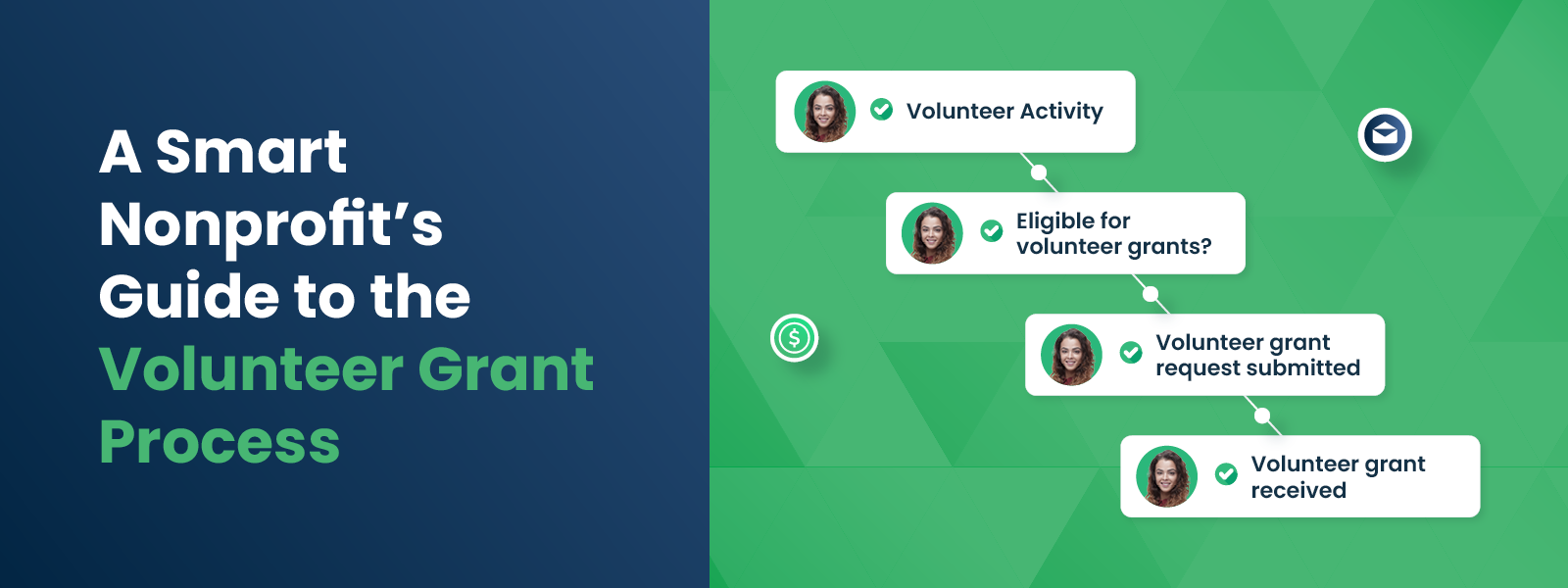
A Smart Nonprofit’s Guide to the Volunteer Grant Process
The lifeblood of any nonprofit organization is the dedication…
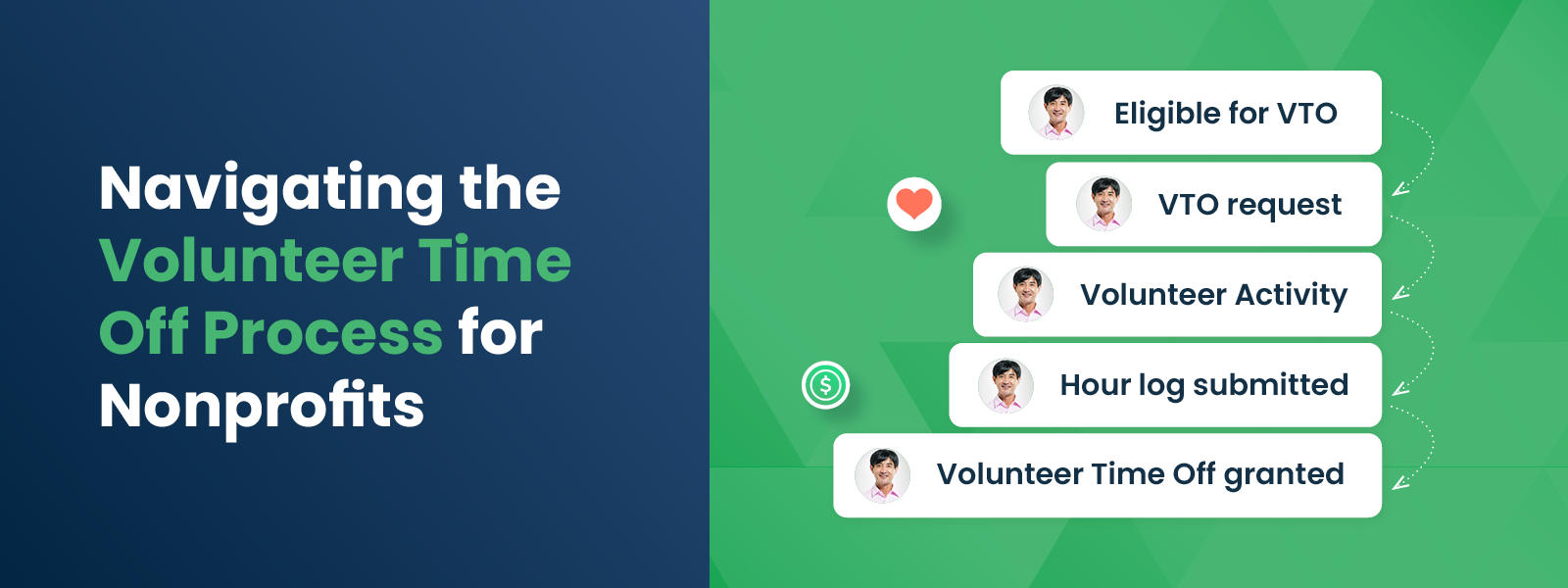
Navigating the Volunteer Time Off Process for Nonprofits
Volunteers are the engines that keep nonprofits running, fueling…

Maximizing Volunteer Time Off Requests for Nonprofits
The most valuable resource a nonprofit has is its people. Volunteers…
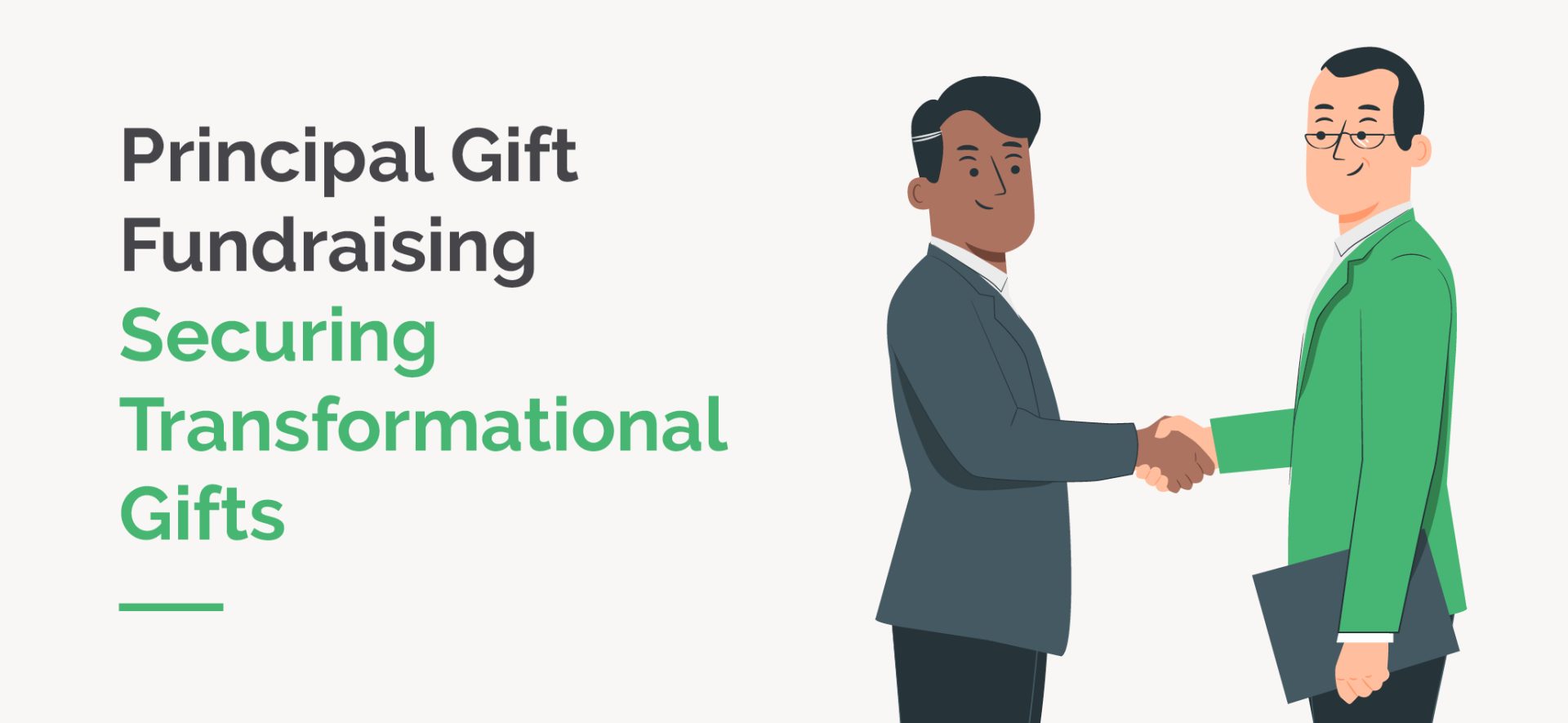
Principal Gift Fundraising: Securing Transformational Gifts
Nonprofits thrive on the support of major donors. The most major…

Capital Campaigns: A Groundbreaking Guide to Success
Every nonprofit organization reaches a point where its vision…
 https://doublethedonation.com/wp-content/uploads/2025/11/DTD_Corporate-Volunteering-Insights-From-the-Recent-Summit_Feature.png
550
1450
Kyra Engle
https://doublethedonation.com/wp-content/uploads/2025/11/DTD-horizontal-logo-300x63.png
Kyra Engle2025-11-13 19:57:442026-01-07 18:34:577 Corporate Volunteering Insights From the Fall 2025 Summit
https://doublethedonation.com/wp-content/uploads/2025/11/DTD_Corporate-Volunteering-Insights-From-the-Recent-Summit_Feature.png
550
1450
Kyra Engle
https://doublethedonation.com/wp-content/uploads/2025/11/DTD-horizontal-logo-300x63.png
Kyra Engle2025-11-13 19:57:442026-01-07 18:34:577 Corporate Volunteering Insights From the Fall 2025 Summit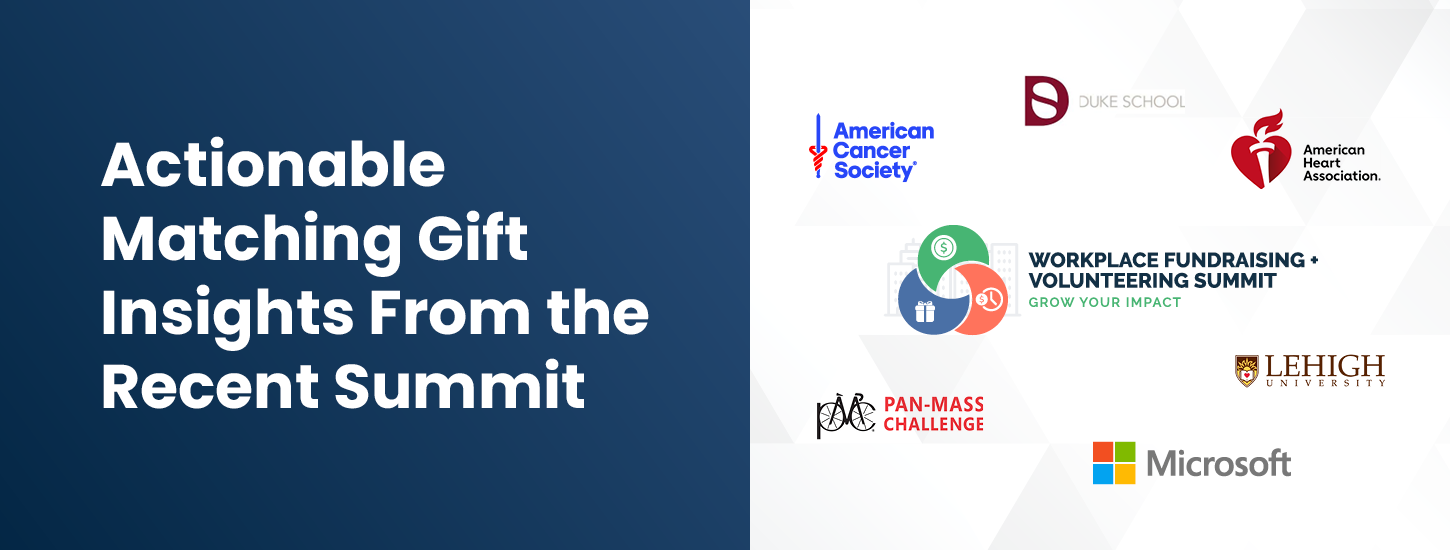
6 Actionable Matching Gift Insights From the Recent Summit
Matching gifts are an untapped resource for many nonprofits.…
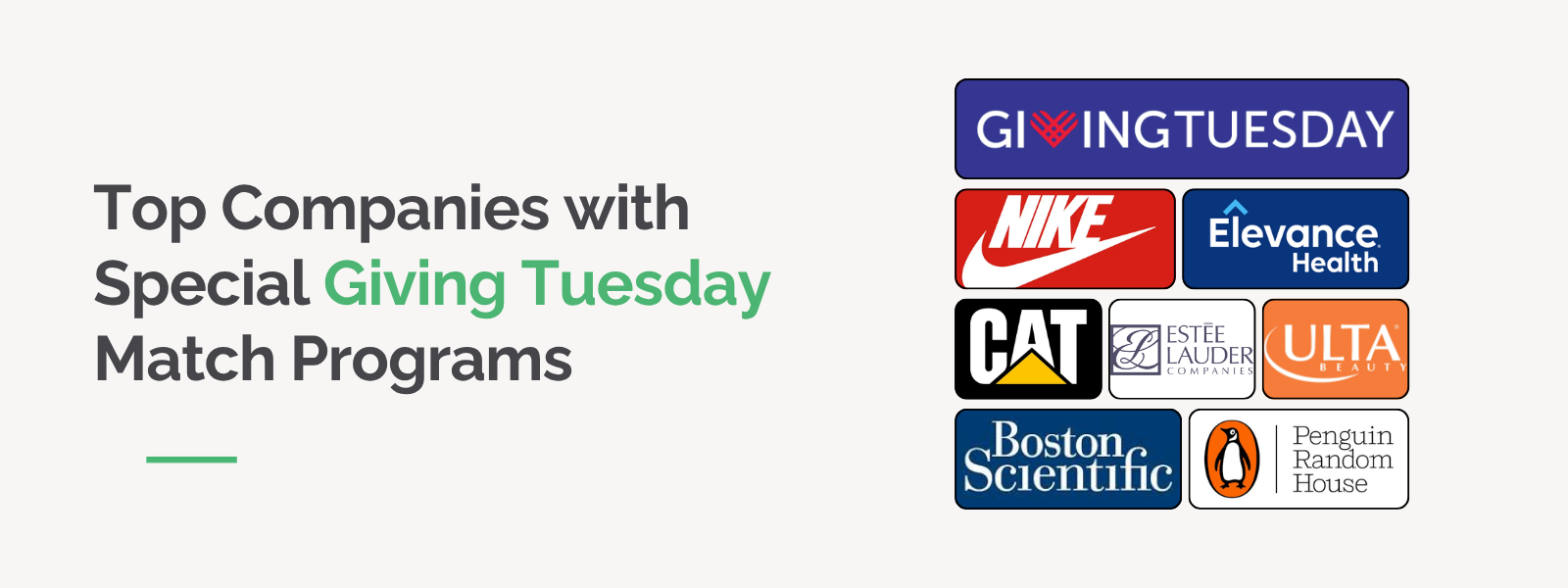
25 Companies with Special Giving Tuesday Match Programs
Giving Tuesday has become one of the biggest days for charitable…
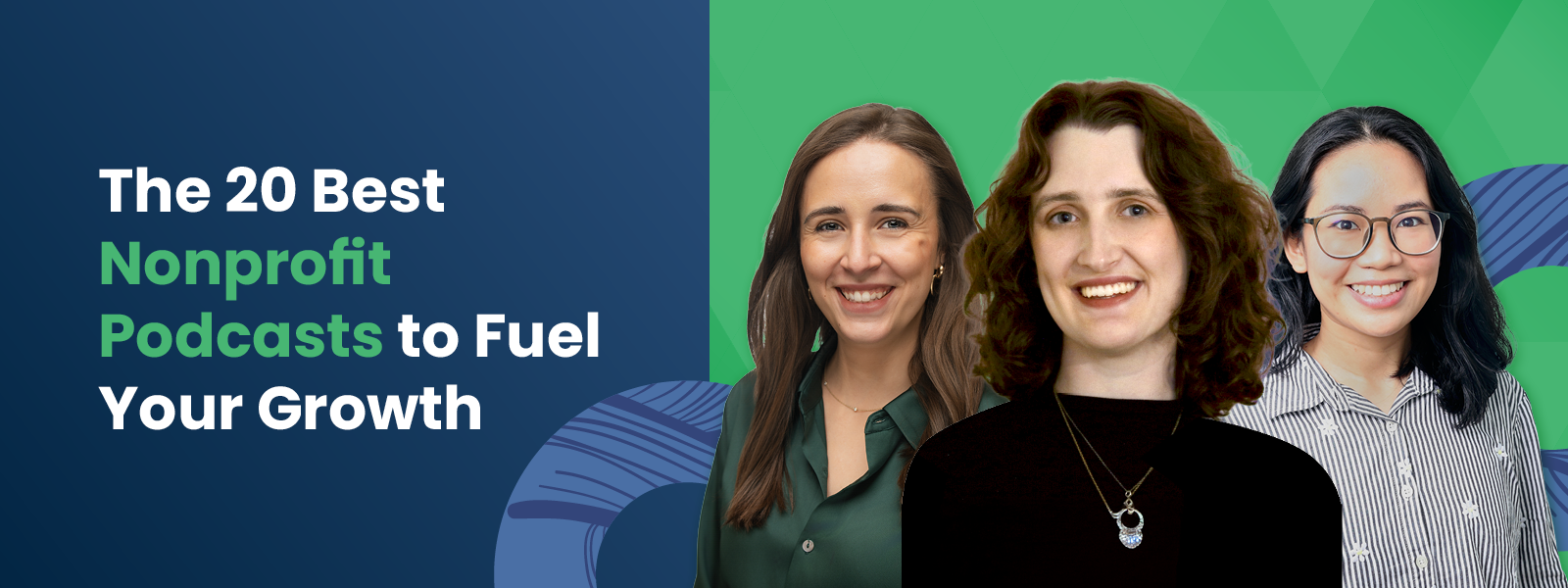
The 20 Best Nonprofit Podcasts to Fuel Your Growth
Podcasts have rapidly become one of the most popular forms of…
 https://doublethedonation.com/wp-content/uploads/2025/10/DTD_12-Nonprofits-That-Know-How-to-Maximize-Fundraising-Matches_Feature.png
600
1600
Adam Weinger
https://doublethedonation.com/wp-content/uploads/2025/11/DTD-horizontal-logo-300x63.png
Adam Weinger2025-10-28 20:16:402025-11-21 04:44:2812 Nonprofits That Know How to Maximize Fundraising Matches
https://doublethedonation.com/wp-content/uploads/2025/10/DTD_12-Nonprofits-That-Know-How-to-Maximize-Fundraising-Matches_Feature.png
600
1600
Adam Weinger
https://doublethedonation.com/wp-content/uploads/2025/11/DTD-horizontal-logo-300x63.png
Adam Weinger2025-10-28 20:16:402025-11-21 04:44:2812 Nonprofits That Know How to Maximize Fundraising Matches
